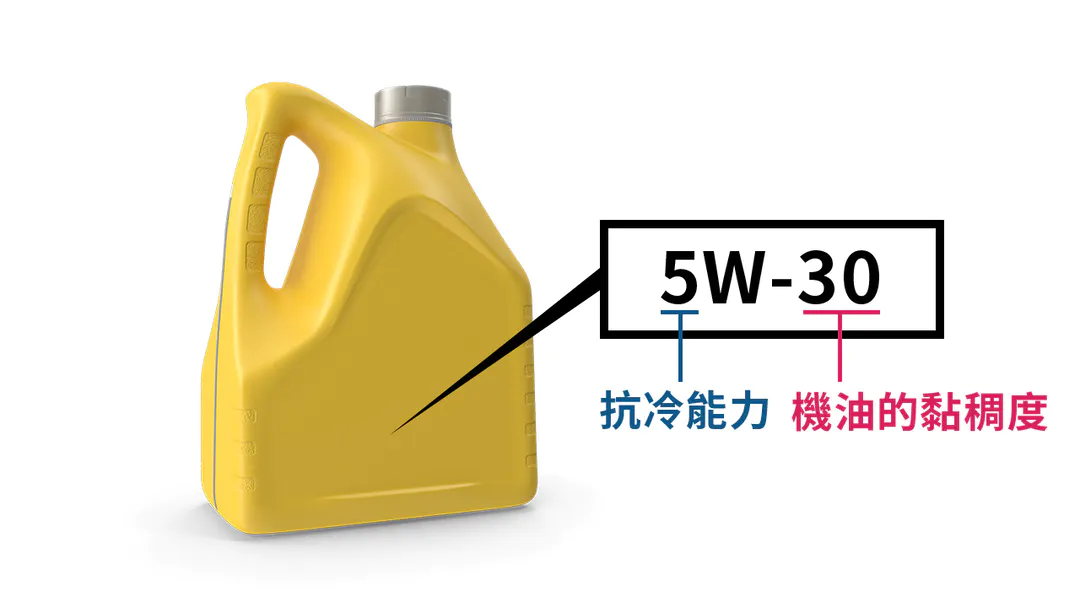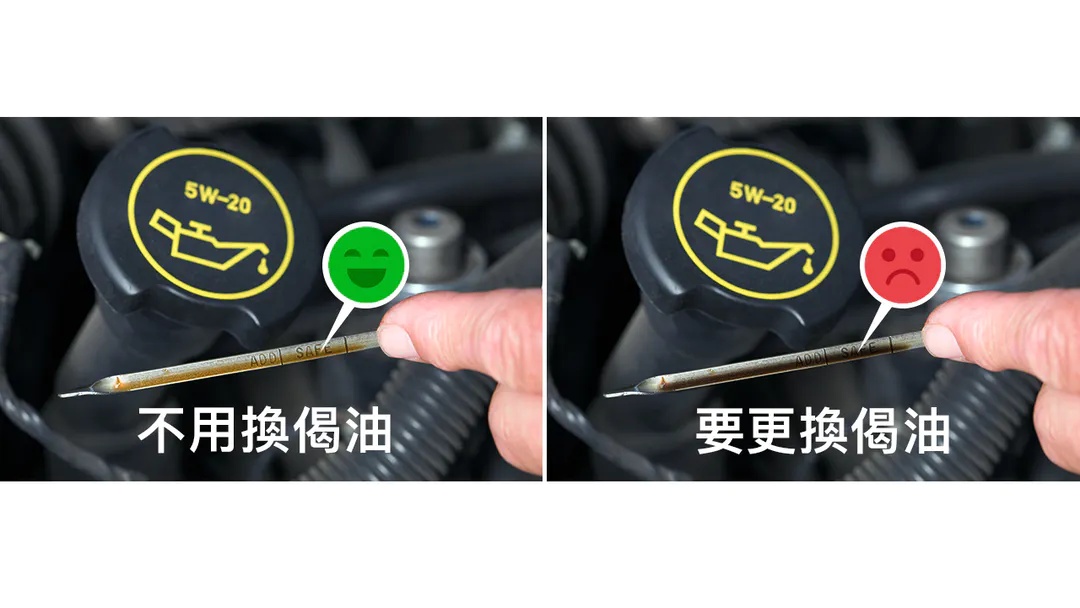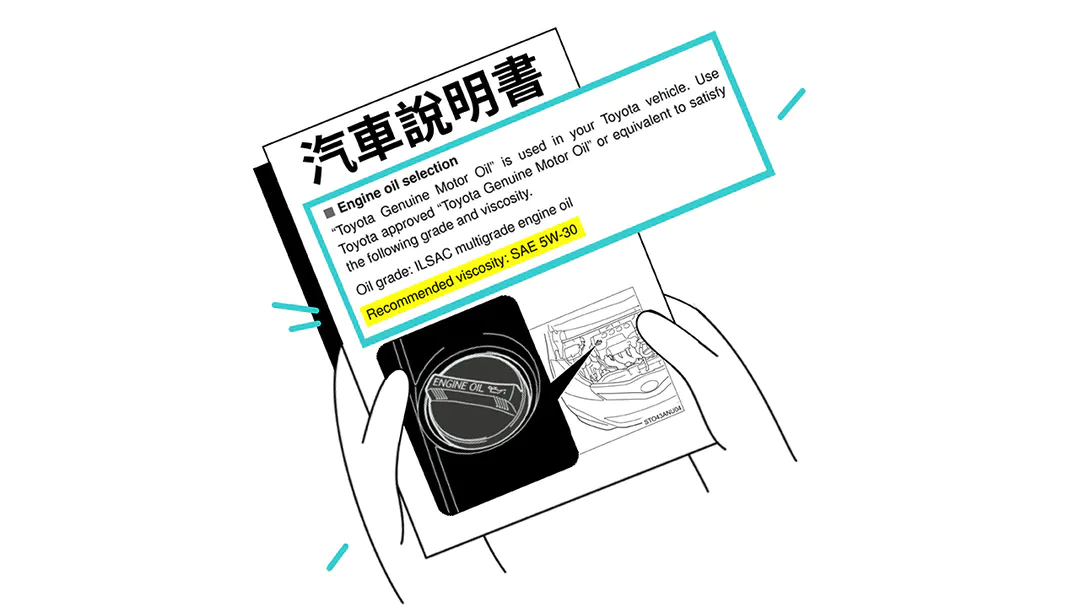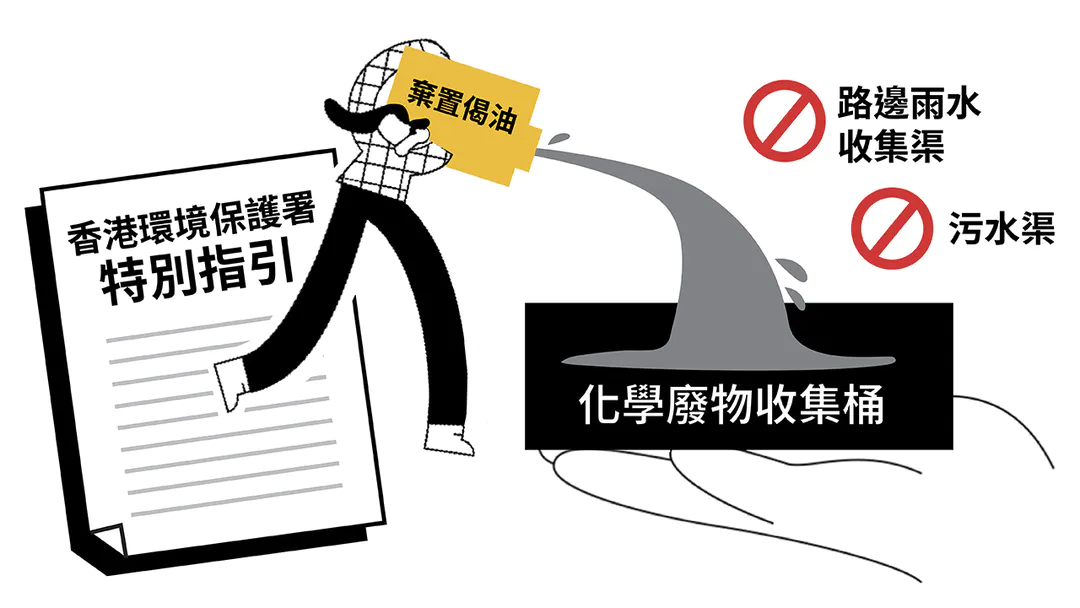When should the car oil be changed? how to choose? You know a word!
What is Glyph Oil/Oil?
The engine oil (ie engine oil) is the lubricant of the engine (Engine Oil / Motor Oil). As the name implies, it provides lubrication for the engine and makes the gears and components of the engine operate more smoothly. Some people liken the engine to be the heart of a car, so the oil is the blood that runs through it.
The oil will expire. When the oil is used for a period of time, it will gradually lose its lubricating function due to friction and combustion, and produce impurities. If it is not replaced for a long time, it will damage the engine. Therefore, it is very important to check and replace the oil regularly. If the verse oil turns black and cloudy, it is time to change the verse oil.
What does the oil do?
There are many components in a set of engines, and power is generated through the rotation of different components, but the parts will rub against each other in the process of operation. If there is too much friction, the engine will not run smoothly, and even wear components, greatly reducing the life of the engine. The main function of the oil is to lubricate the engine, and it has the following five functions:
- Lubricates the pistons, cylinders, crankshafts and other components in the engine, making the engine run smoothly and efficiently, with higher efficiency
- Create a sealing effect between the piston and the cylinder to ensure the normal operation of the engine, and achieve the effect of anti-rust and anti-corrosion
- Cool engine parts, take away part of the heat of the engine, and increase the heat dissipation range and area
- Cleans metal particles and contaminants inside engine parts to reduce drag
- Greatly reduce fuel consumption and make the vehicle more fuel efficient
3 types of karma oil
There are three main categories of gay oil extraction methods, including mineral oil (i.e. traditional gay oil), semi-synthetic gay oil and fully synthetic gay oil.


Basically, the three oils are refined from the crude oil of the formation. The difference is that the synthetic oil adopts a more advanced refining process to produce higher quality and purity. Because synthetic oil filters out more impurities in the process and can adjust the size of the oil molecules according to the application, it can meet the needs of modern engines and provide better engine protection and performance, but the price of synthetic oil is relatively high. .
At present, most garages use fully synthetic oil with better protection performance and durability. Because of its better high and low temperature fluidity, it is suitable for different weathers. Regardless of oil saving, driving smoothness, anti-aging, lubrication and other effects are excellent. Especially for cars with Supercharger (supercharger), low-pressure Turbo (turbocharged) cars, SUVs or cars with larger cylinder capacity, it is recommended to use fully synthetic oil with strong protection.
How to check the values and specifications of the oil?

Most of the oil on the market will have API, ACEA certification, from the two largest international certification organizations: API American Petroleum Institute (American Petroleum Institute) and ACEA European Automobile Manufacturers Association (European Automobile Manufacturers Associate). International certification standards are the basic conditions. As for whether the oil is suitable for your car, it depends on the composition of the oil and whether it has passed the strict tests of many car manufacturers.

A set of coefficients "#W-##" will be marked on the bottle of each brand of oil, such as 5W-30, 10W-20. This set of values is established by the American Society of Automotive Engineers (SAE, The Society of Automotive Engineers), and oil factories all over the world follow SAE as a standard. The numerical value represents the viscosity of the oil, that is, the thickness of the oil and its flow resistance. Interpreted from the perspective of the oil coefficient, it is the viscosity of the oil in the state of "cold car state" and "operating temperature".
First look at the previous set of numbers "#W", W stands for Winter, rising from 0W, 5W, 10W, the smaller the value, the higher the cold resistance of the oil, the better the fluidity at low temperature, 0W means that it can withstand A low temperature of minus 30 degrees Celsius. Since Hong Kong is a subtropical region, the temperature in winter will not be lower than 0 degrees. Generally, it is recommended that 5W or 10W is sufficient.
The second set of numbers is the viscosity of the oil at a high temperature of 100ºC, which increases from 20, 30, 40, and 50. The larger the number, the higher the heat resistance, and the higher the viscosity. On the contrary, the lower the number, the thinner . Because each car has a different engine structure, it is best to choose the viscosity specified in the owner's manual.
In addition, different brands of oil have their own specially developed additive formulas, which have different effects. Some are good at cold start protection, some are good at reducing engine impurities or deposits, and some are good at high temperature protection. There are many types of additives, different brands , Different viscosities of oil must not be mixed.
4 major characteristics if you know you need to change
You can judge when you need to change the gatha oil from the following aspects:
1. Glyph Oil Color
The easiest way is to look at the color of the verse oil. The new verse oil will be slightly golden yellow and clear and transparent. When the verse oil becomes cloudy and dark, it needs to be replaced.
2. Oil dipstick

Different models have different levels of fuel consumption. It is recommended that car owners check the oil dipstick regularly to check whether the fuel is sufficient. The oil dipstick is located next to the engine, and it should only be touched when the car is frozen. As long as the oil stain on the oil dipstick is in the middle of the safety scale, it means enough. If you just changed the oil, but the oil level drops to a low level soon, it may mean that there is an oil leakage problem. It is recommended to find the original factory / garage as soon as possible to follow up.
3. Walking kilometers
You can refer to the recommended replacement mileage in the original owner's manual, and then discount 20 to 20% as a standard. Because the original factory's recommended replacement mileage is the minimum standard for maintenance, the available mileage of the oil will be different under different car habits.
Generally speaking, the oil and the oil separator should be changed every 5,000 kilometers. If some inferior quality oil is selected, the lifespan may only be 2,000 to 3,000 kilometers. Take the fully synthetic oil as an example, the oil should be replaced at about 10,000 kilometers. Sports cars usually use high-speed engines, which naturally require higher quality of oil, so the oil needs to be replaced more often.
4. Time
In addition to referring to the mileage, the frequency of changing the oil can also refer to the time, whichever comes first. It is recommended to change the oil every six months to one year on average.
3 key points for choosing

It is best to change the specifications of the oil according to the original manufacturer's instructions. The owner's manual of each car will clearly list the recommended specifications of the oil. You can also choose a suitable karma oil according to the following considerations:
1. Type of vehicle
Generally speaking, most Japanese cars are recommended to have a viscosity value of 20-30, while European cars are slightly higher. Sometimes car owners choose a lower viscosity oil in order to make the engine more "cool". If the oil is of good quality, the viscosity reduction will not be a big problem, but if it is an older car, there is a chance to choose a higher viscosity oil to protect the engine.
2. Climate and road conditions
The climate and road conditions in different regions also have different requirements for the choice of oil. Taking Hong Kong as an example, because the roads in Hong Kong have many lights and frequent traffic jams, the weather in Hong Kong is relatively humid and the summer is relatively hot, so it is necessary to change the oil for half a year or about 8,000 kilometers. In selection, the viscosity of the oil does not need to be too high.
3. Driving time
If the car is used for a short time every day, the engine does not have enough time to rise to the working temperature, or in winter, you can consider using 5W30, 5W40 and other oil. If you use the car for a long time, or change the oil in summer, you can consider 10W50, 5W50 and other oils with better high temperature viscosity.
If you have any doubts, it is best to refer to the instructions in the original owner's manual, or ask the car inspector when inspecting the car.
How much is the oil change?
Most garages and gas stations can change the oil for the car. Generally, the oil change in the garage will include manual and manual oil. When you go to the gas station, you must bring your own oil to replace it on the spot, and you must make an appointment a few days earlier. .
The fee for changing oil is roughly divided into labor fee and oil price. Regardless of the gas station or the garage, the labor fee is generally about HK$320 to HK$600. The price of oil varies from HK$500 to HK$1,500 depending on the brand, capacity and vehicle type. Therefore, the total fee for oil change ranges from HK$800 to HK$2,000.
Be careful when disposing of gatha oil!

The Environmental Protection Department of Hong Kong has special guidelines for the disposal of kanji oil. Waste kanji oil needs to be stored separately from other chemical wastes, and waste kanji oil should be collected in a waste oil collector and then poured into chemical waste collection bins. If you change the oil by yourself, remember to dispose of the waste oil legally. If you think the procedure is too cumbersome, it is recommended to directly find a reputable garage to replace the oil on your behalf.
✅Use the waste oil collector to collect the waste oil, and then pour it into the chemical waste collection bucket
❌Dispose of casually in public places, such as roadside rainwater collection canals, sewers
Frequently asked questions about changing oil
- How do I know how much gas my vehicle needs?
- Each car's owner's manual will clearly state the recommended oil specification, and it is best to replace it according to the original manufacturer's instructions.
- The lower the viscosity of the oil, the better?
- There are many lights in Hong Kong and there are frequent traffic jams. Vehicles start and stop on the road, and the engine rarely reaches the normal operating temperature. It is suitable to use low-viscosity oil, which has high fluidity and low resistance. It should be noted that the horsepower and engine structure of different vehicles also have an impact. It is best to refer to the instructions in the car's manual. The viscosity is not absolutely as low as possible.
- Can I change the oil myself?
- Although there are many tutorials on how to change the oil on the Internet, the operation is not difficult, but in fact, changing the oil requires a certain amount of effort and handling methods. For example, it is necessary to clean up the oil stains and impurities on the car engine, and how to dispose of the oil is also a knowledge. It is easy to find a qualified garage and maintenance workshop to handle it on your behalf.
- How long does it take to change the oil?
- The oil change takes about 15 minutes to an hour, and most cars can be picked up on the same day.
Like my work? Don't forget to support and clap, let me know that you are with me on the road of creation. Keep this enthusiasm together!
